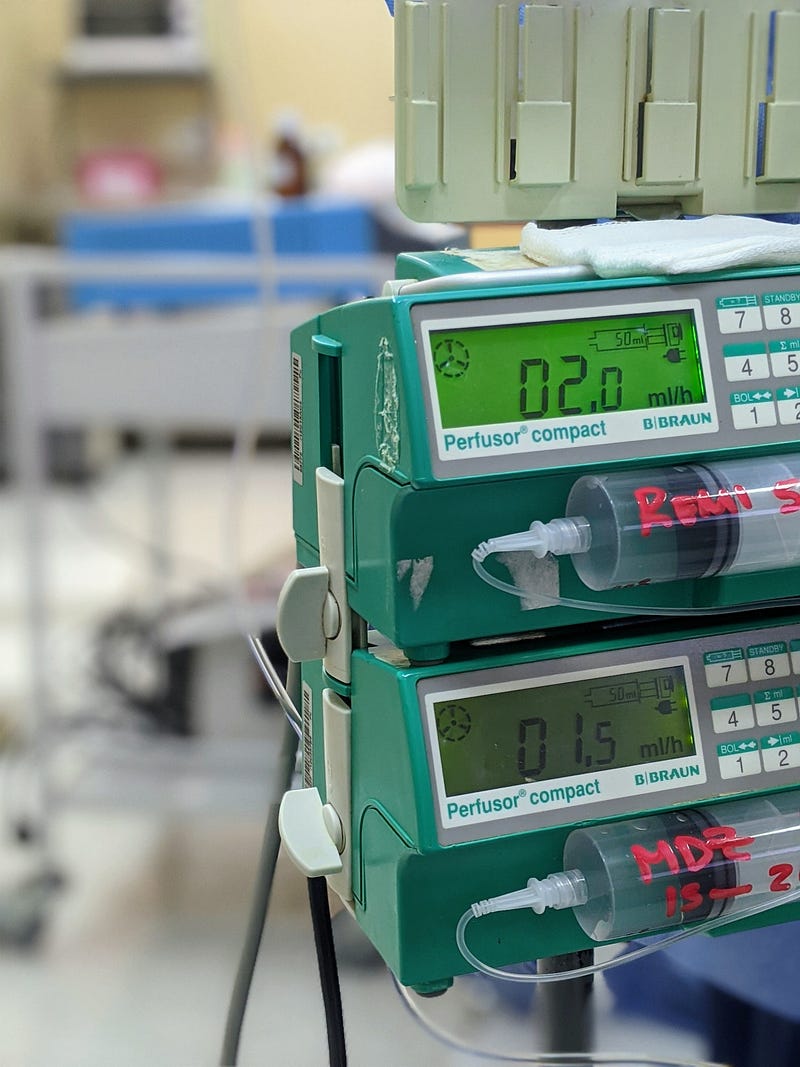What happens when your pet needs a procedure

Many of us can picture the following scenario. We have spent the last several years with nothing major to address for our little furballs. They have been free from disease, growths, and emergencies. Though, suddenly, at an annual checkup a procedure is recommended.
Maybe your pet has developed a tumor that your veterinarian recommends you have removed. Or perhaps instead, maybe your pet has dental disease that it is time to address. So, you immediately start wondering two things about the procedure.
The first is whether your pet will be safe under anesthesia or not. After all, you haven’t had to have them put under anesthesia for a procedure since their spay or neuter. And now, they are so many years older. Is it really safe?
The second is likely reviewed at the time of the recommendation and that is, what does it cost? While cost is always a consideration, this first concern warrants some discussion.
“There are no safe anesthetic agents, there are no safe anesthetic procedures, there are only safe anesthetists.” -Robert Smith, MD
I believe this quote is maybe a little scary to hear if you are getting ready to go for an anesthetic procedure; however, there is some truth to it that’s worth exploring.
I have been around the veterinary field now for around 20 years. Even during this relatively short timeframe I have seen a massive shift in how anesthetic procedures are approached. Back towards the early part of my veterinary career when I was in middle school as a shadowing student, an anesthesia consisted of similar drug cocktails for every patient with relatively minimal monitoring equipment — something like an ECG and thermometer and possibly a blood pressure.
This meant that it may not necessarily matter if you were an old dog without obvious health concerns or a young healthy puppy, you may receive the same mix of drugs for whatever procedure was necessary.
Furthermore, while the practice that I shadowed in was very good about adapting and evolving with the times, this one size fits all approach, helped promote the, “You’re too old for anesthesia,” mindset. This way of thinking still exists today. I’ve had many clients come in for a consultation to consider dentistry or a mass removal where they’ve been advised that their pet is too old to go under anesthesia, and we have to educate away from this. Age alone is not a contraindication for anesthesia. Is it a consideration? Absolutely. But it’s not a reason to withhold altogether.
Nowadays, we have broader access to medications that may carry lower risk profiles with certain diseases. For instance, patients with heart disease need reduced doses of inhalant gas anesthesia — usually isoflurane. We now have access to medications that can allow us to maintain an adequate plane of anesthesia while keeping the dose of this inhaled drug extremely low.
In addition to the variety in our medication options available now, we also have better access to equipment. In the past, for example, dialing in fluid rates for smaller patients was challenging. Now we have the ability to continuously infuse fluids, anesthetics, or antibiotics due to the wider availability of things like syringe pumps (pictured in the article photo). These allow dosing to be performed on small volumes which is incredibly important for our feline patients and small breed dogs.
We have gathered numerous tools to become all around safer anesthetists through appropriate pharmaceutical combination selection combined with the appropriate equipment to accurately administer it.
There have been a handful of fairly comprehensive studies that review the safety of anesthesia in veterinary medicine; though these are fairly old now taking place in the late nineties and early 2000s. Generally, there have been found to be discrepancies between human anesthetic risks and veterinary ones with veterinary medicine holding a higher anesthetic risk compared to our human medical counterparts. This difference is attributable to numerous factors and is beyond the scope of this article.
However, the veterinary field as a whole has been taking steps to improve anesthetic safety and the overall risks associated with them. This article here is an example of a more recent assessment. By approaching this topic as a field, outcomes have improved. For instance in the equine field, in response to a published study showing a high mortality rate for horses undergoing anesthesia, a new anesthetic unit was developed to more effectively deliver the inhaled anesthesia.
As our understanding of each of our individual species continues to progress, I expect we will see continued improvement in anesthetic safety across the board. As it stands, uniformly there is a relatively low percentage of severe anesthetic complications averaging much less than one percent in small animal species.
The important thing to remember is that veterinarians are recommending procedures that they believe will promote overall well-being of your pet. That being said, we also strive to derive a plan that all parties are happy with. So, remember, the pre-operative period is the time that you should voice your concerns about anesthesia.
Ask your veterinarian what type of monitoring is performed, ask for the level of staff attention your pet receives, and finally don’t hesitate to ask how they will adjust for your pet’s chronic conditions. It is likely your vet will have already mentioned this, but talking through these things a few times can help ease comfort surrounding a procedure. My clinic has a video on our website which shows an example of what to expect from the moment you drop your pet off for a procedure up until you get to pick them up to go home.
Veterinary medicine is a team effort that requires participation from your veterinarian, their technicians and staff, your pet (their patient), and importantly from you as the pet owner. If any of these participants is not ready or willing to pursue anesthesia it should not be done. Regardless of how safe we can make it, anesthesia will always carry a risk that’s greater than zero so open communication is essential so that your pet gets what they need, and you can feel comfortable with it.
Thank you for reading this article. If you’d like to read more that discuss veterinary medical practice check these out.
https://medium.com/creatures/a-veterinarians-3-funniest-cases-2e15c5286d8a

